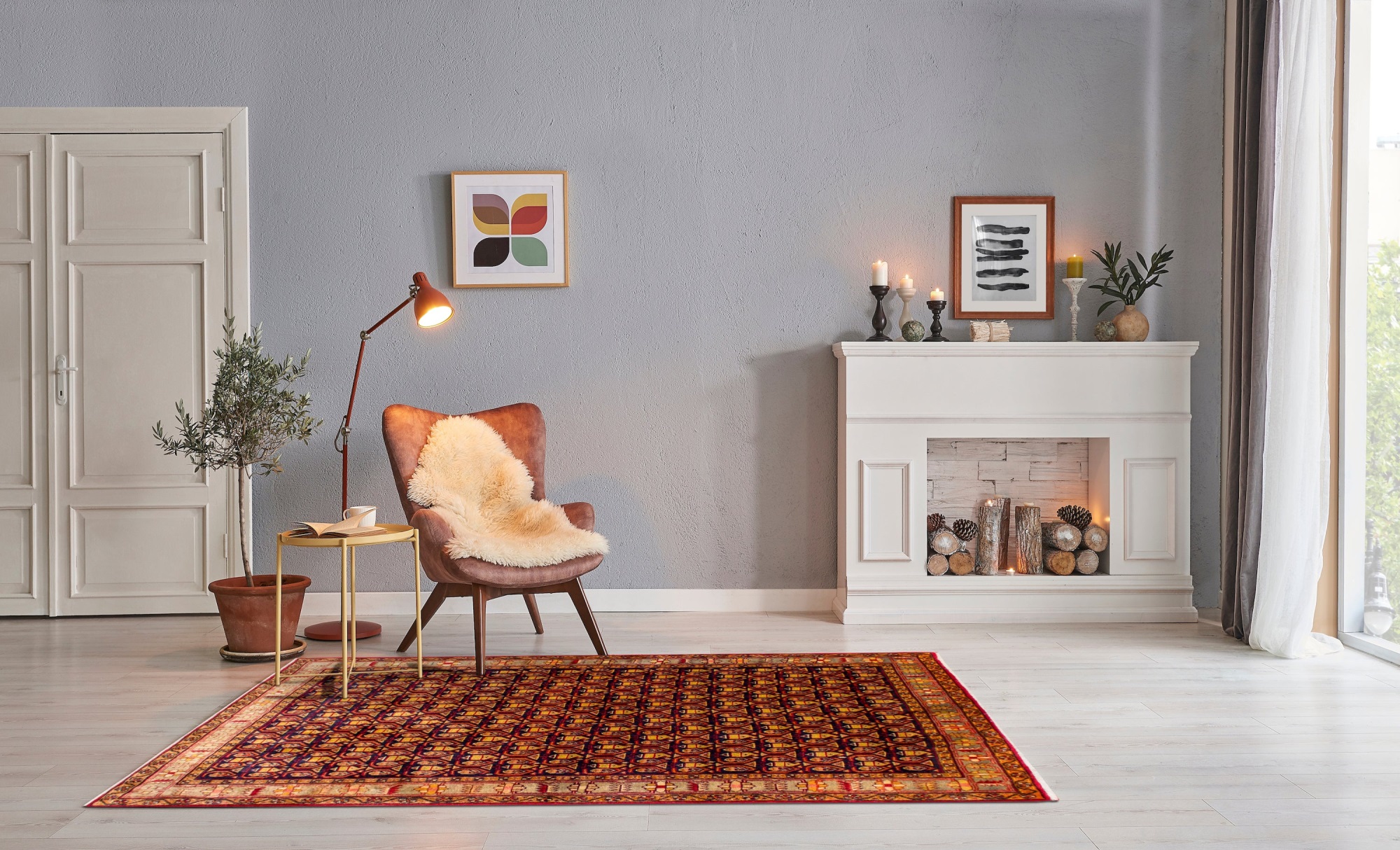Goltog Rugs: A Timeless Piece of Persian Heritage
- Home
- Tabrizi Rugs Blog
- Goltog Rugs: A Timeless Piece of Persian Heritage

Goltog Rugs: A Timeless Piece of Persian Heritage
At Tabrizi Rugs, we pride ourselves on curating some of the finest handmade rugs from around the world. Among the exquisite collections that grace our showroom, Goltog rugs stand out as a symbol of Persian craftsmanship, history, and artistry. But what exactly are Goltog rugs, and why should you consider adding one to your home? Let’s explore the beauty, craftsmanship, and cultural significance behind these timeless pieces.
What Are Goltog Rugs?
Goltog rugs, also sometimes referred to as Goltogh or Goltuk rugs, are a traditional type of Persian rug known for their intricate patterns, vibrant colors, and high-quality craftsmanship. They originate from regions in Iran (formerly Persia) that are famous for their rug-making traditions, particularly from tribal and rural communities. Each Goltog rug carries a piece of Persian history, as their designs are often inspired by the landscapes, flora, and geometric patterns that have been passed down through generations.
These rugs are traditionally made using high-quality wool or a wool and cotton blend, which makes them not only beautiful but also durable and suitable for everyday use. They can be recognized by their unique and artistic designs, which often feature bold, symmetrical patterns and vivid colors like deep reds, blues, and earthy tones.


The History Behind Goltog Rugs
Rug weaving is an ancient tradition in Persia, and Goltog rugs are part of this centuries-old legacy. Persia has been a hub for rug making since at least 500 B.C., with some historians estimating that rug making could date back even further. Goltog rugs, like many other Persian rugs, were originally woven for practical purposes—to cover floors and provide comfort in homes. Over time, these practical items became works of art, representing the culture, history, and creativity of the artisans who crafted them.
What makes Goltog rugs unique is the influence of local customs and the rural lifestyle of the tribes who produce them. Each Goltog rug tells a story of the region where it was made, and many rugs include motifs that symbolize elements of Persian life, such as fertility, protection, and prosperity. Whether a Goltog rug features flowers, animals, or geometric patterns, each symbol carries a deep meaning that connects the rug to the artisan’s heritage and beliefs.
The Craftsmanship Behind Every Goltog Rug
One of the most remarkable aspects of Goltog rugs is the level of craftsmanship that goes into each piece. These rugs are made using a hand-knotting technique, which requires skill, patience, and attention to detail. Depending on the size and complexity of the design, a single rug can take months, or even years, to complete.
Artisans use a loom to weave the rugs, knotting individual strands of wool or cotton to create the pile. The density of the knots (often measured as knots per square inch, or KPSI) is a key factor in determining the quality of the rug. Goltog rugs are known for their high knot density, which not only makes them more durable but also allows for more intricate patterns and finer detail.
Once the knotting is complete, the rug undergoes several finishing processes, including trimming the pile to ensure an even surface and washing the rug to enhance the vibrancy of its colors. Every step of the process is done by hand, and this dedication to traditional methods is what makes Goltog rugs so special.
Why Choose a Goltog Rug?
There are many reasons why Goltog rugs make a fantastic addition to any home. First and foremost, their beauty is undeniable. The rich colors and intricate designs are sure to catch the eye and add a touch of elegance to any room. Whether you’re looking to make a statement with a bold design or prefer something more understated and traditional, there’s a Goltog rug to suit every taste.
Durability is another reason to choose a Goltog rug. Made from high-quality materials and crafted with care, these rugs are built to last. With proper care and maintenance, a Goltog rug can last for decades, making it a worthwhile investment. Unlike mass-produced rugs, each Goltog rug is unique, and because they’re handmade, no two rugs are exactly alike.
Additionally, Goltog rugs hold cultural and historical significance. By purchasing a Goltog rug, you’re not just buying a piece of home decor—you’re acquiring a piece of Persian heritage. For those who appreciate history and culture, owning a Goltog rug is a way to connect with the ancient tradition of rug weaving and support the artisans who continue to carry on this craft today.
How to Care for Your Goltog Rug
Caring for a Goltog rug is essential to ensure it remains in excellent condition for years to come. Because these rugs are handmade and crafted from natural fibers, they require special attention. Here are a few tips to help you care for your Goltog rug:
- Regular Vacuuming: Gently vacuum your rug to remove dust and dirt, but avoid using a vacuum with beater bars, as they can damage the fibers.
- Rotate the Rug To ensure even wear, rotate your rug every few months, especially if it’s placed in an area with heavy foot traffic.
- Spot Cleaning: In the event of a spill, blot (don’t rub) the area with a clean, damp cloth. For tougher stains, it’s best to consult a professional rug cleaner who specializes in handmade rugs.
- Avoid Direct Sunlight: Prolonged exposure to direct sunlight can cause the colors of your rug to fade. Consider using window coverings to protect your rug from UV rays.
Conclusion
A Goltog rug is more than just a floor covering—it’s a work of art, a symbol of Persian culture, and an investment that will enhance your home for years to come. At Tabrizi Rugs, we are passionate about sharing the beauty and heritage of these handmade masterpieces. Whether you’re new to the world of Persian rugs or a seasoned collector, a Goltog rug is sure to captivate and inspire you.
Discover the elegance and tradition of Goltog rugs at Tabrizi Rugs, where we celebrate the timeless beauty of Persian craftsmanship.
Categories
Recent Posts

 CA ($CAD)
CA ($CAD) 